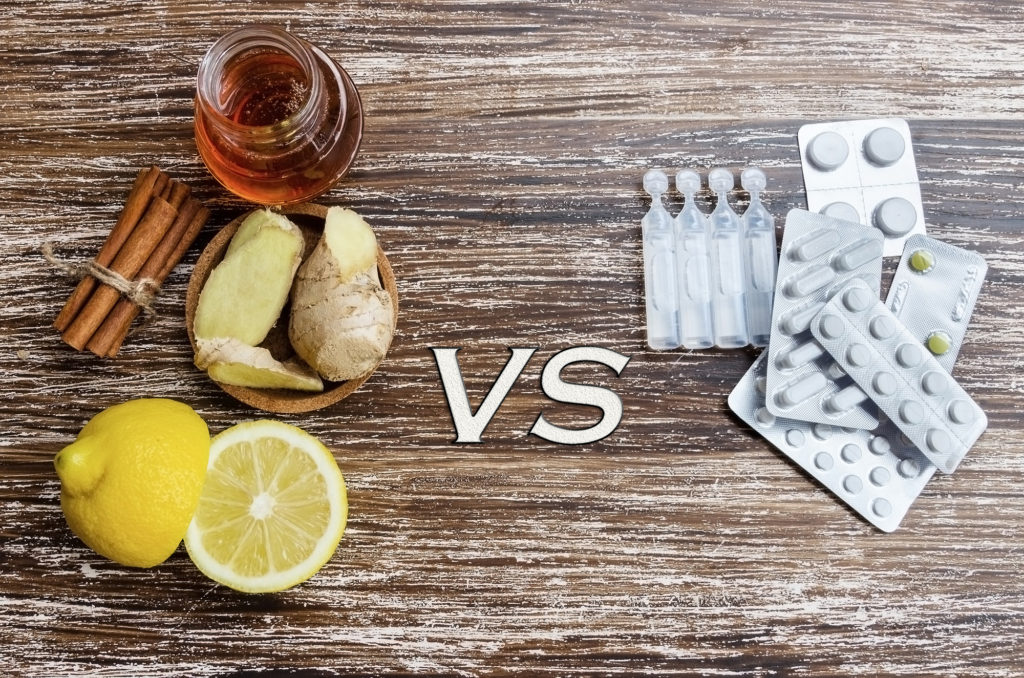
Many people believe that natural remedies are better than prescribed or over-the-counter medications when it comes to health benefits.
Some of the first people who made good use of medicinal plants were Native Americans. And they still use many plants today in place of modern medicine.
Wondering what some of those plants are? Should you consider a natural remedy in place of a prescription from your doctor?
Here are the top ten medicinal plants Native Americans used on a daily basis–and some potential reasons to try them yourself.
1. Yarrow
Hello, yarrow!
Yarrow is a healing flower with a strong fragrance. Used to help stop bleeding, Native Americans and early pioneers applied a paste made of yarrow to open wounds.
This flower is also said to help with intestinal issues when ingested as a juice mixed with a little water.
2. Rosemary
The rosemary plant is a sacred plant to the Native American people. It’s also a fantastic healing herb.
The rosemary plant helps soothe aching joints. It also helps improve memory, improves digestion, and aids your immune system.
And who doesn’t love the smell of fresh rosemary? Whether you use it for medicinal purposes or not, having rosemary around is not a bad scent to live with.
3. Mint
Mint grows wild almost anywhere it’s left to grow. But it’s not just another plant that smells great.
The mint leaf is another excellent plant to help with stomach problems. Think of that peppermint on the way out the door of a restaurant after you eat. It’s there to give your stomach a little help (and freshen your breath).
Mint is also a good alternative to over-the-counter itch relief medicines. Use it on itchy skin and rashes.
4. Black Gum Bark
If you have severe chest pains, call 911 immediately.
But if you feel a little ache or pain, it could be heartburn or another minor irritation.
Try black gum bark. Native Americans used this as a tea to help ease minor chest pain.
5. Wild Rose
Cold and flu season is upon us. If you ask us, it’s worth trying almost anything to help fight a cold.
Native Americans used wild rose as a cold preventative. They also found it helped cure colds once a cold began.
Ingested as a tea, wild rose helps your kidneys flush out germs and soothes a sore throat.
6. Sage
You might already use sage as a spice. Have you considered it’s medicinal properties, too?
As a plant medicine, sage helps treat a variety of symptoms and problems. Use sage for everything from muscle spasms to reducing the appearance of bruises.
Use sage to find relief from abdominal cramps and to help heal minor cuts.
7. Lavender
Lavender is another aromatic plant used for a variety of health issues, including some mental health concerns.
You’ll often see lavender in the form of essential oil. Inhale it through a diffuser or apply it topically in a diluted form.
Use lavender to help treat anxiety, insomnia, headaches, depression, and general fatigue.
8. Ashwagandha
You don’t have to know how to pronounce this one to use it. It’s one of the trickier herb names.
Much like jojoba oil, its uses are as unusual as its name.
Ashwagandha (pronounced ash wa gan dha) helps with body strength. If you struggle with muscle weakness, muscle tension, or bone weakness add this plant as a supplement to your diet.
Native Americans also found it improves memory loss, loose teeth, and arthritis.
The bark of the plant is also used as an antibiotic.
Be sure you exercise caution when using ashwagandha. The plant is toxic in raw form.
Find a trusted source and watch your dosage to avoid negative side effects.
9. Valerian Root
While valerian root helps in medicinal ways, Native Americans also used it for harmony among each other.
Valerian root has a soothing effect when ingested.
Tea made with valerian root provides an almost sedative-like effect. It helps reduce stress and lowers blood pressure.
Ladies, valerian root is also a good plant to help ease menstrual cramps.
Click here to read more about the benefits of valerian root.
10. Milkweed
Milkweed is last on our list. But it’s not the least of these plants.
This plant produces a latex-like substance. The stems, roots, and the plant itself help with unique health issues.
Native Americans used the “latex” as a way to remove warts. When ingested, the roots help relieve coughs. Milkweed is also found to help relieve symptoms of asthma and bronchitis.
Be sure you get to the hospital if a snake bites you. But a little milkweed might also help you heal faster from the bite after you’re out of danger.
Use Plants With Caution
As with any unconventional remedy or supplement, consult your doctor before using a natural solution to a medical issue.
Many plants, flowers, and other natural supplements are safe for humans to use or ingest. However, some flowers and plant remedies conflict with other health issues and medications.
Be sure you use a trusted source when buying your supplements.
If you grow your own herbal plants for use with any medical conditions, do your research for proper handling before applying or ingesting.
Native Americans Used Medicinal Plants Wisely
We could go on. These ten medicinal plants are only the tip of the prickly pear cactus when it comes to learning about beneficial plants for your health.
But this list is a great start!
Native Americans used many more plants to help ease pain, boost immune systems, and improve their health–long before doctors wrote prescriptions for any ailment.
Many of these plants are still in use today. They are a wonderful alternative, or in many cases, a helpful addition to a traditional treatment plan for your health.
If you’re looking for alternative treatments, don’t limit yourself to plants and herbs. CBD oil is also known for its many health-related benefits.
Do you need more life or health hacks? Stick around. Curiosity Human is the place for almost any question or quirk!

